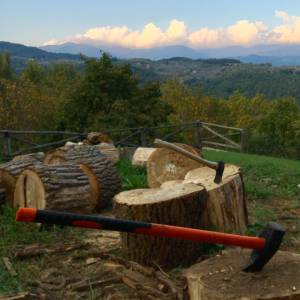Lunar Stuff
Sleep would not come last night. Perhaps because of the full moon. Something I’ve noticed before. I lay there trying to remember the basic facts of our existence on Earth.
The Earth completes an orbit around the Sun in a year.
This gives light and photosynthesis and our seasons.
Why – because the Earth is on a tilt – at one point the bottom half of the tilt is closer to the Sun and six months later to top most part is closer. This also changes the angle of the Sun’s ray hitting the Earth.
The Earth rotates on its own skew-whiff axis once every 24 hours.
The Sun does not ‘rise’ or ‘fall’. Rather the anticlockwise rotation of the Earth first reveals the Sun and then obscures it for any given position on the Earth - well, except the Poles.
The Moon completes an orbit of the Earth once every lunar month – 29 and something days.
The Moon is tidally locked to the Earth – the Moon rotates as it orbits to always present the same face to the Earth.
No human had seen the Dark or Far Side of the Moon until 1959 when the Luna 3 Soviet spacecraft sent back blurry images of the Far Side that were developed from film processed automatically on the spacecraft and then radioed back to Earth.
The waxing (getting bigger from the right) and waning (getting smaller to the left) of the moon is not caused by the Earth’s shadow on the Moon but rather by the relationship of the Moon to the Sun’s rays as seen from the Earth. (I struggle with this but diagrams help.)
There are two marine tides every 24 hours that are caused by the gravitational pull of the Moon. This happens twice because the earth rotates once every 24 hours – one high tide is when the moon is closest to a particular part of the Earth’s surface and once when it is furthest way (not sure about this).
The variation in the height of the tides is linked to the Lunar Cycle – the Earth’s monthly orbit around the Earth. Spring tides (the highest/lowest and biggest range) occur just after New and Full Moons and neap tides (the smallest range between high and low tide) just after the half Moons.
At the Full Moon the Moon is on the opposite side of the Earth from the Sun – it is in full sunlight. Vice versa for the New Moon – that is, it is between the Sun and Earth. Ironically the ‘Dark Side’ is in full sunlight at this point. It’s just we can’t see it.
It is now thought the Moon was formed when a Mars-sized object (the planet not the bar) crashed into the Earth and broke a large chunk off it.
The Moon has over 300,000 visible craters.
I did eventually get to sleep.

Comments
Sign in or get an account to comment.


